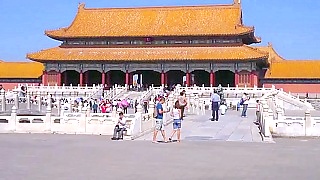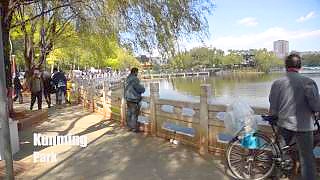Promotional video for the Doing Business in China Program 2011.
Organized in cooperation with SEED International China and ESAN Business School Peru.
[640],shadow=true,start=,stop=
Live more ...
 ‘Doing business in China’ trip
‘Doing business in China’ tripPromotional video for the Doing Business in China Program 2011.
Organized in cooperation with SEED International China and ESAN Business School Peru.

|
The beautiful blue-sky city ...
|

|
One of China's most complete ancient cities, it was formerly named XiangFan.
With Walk East ...
|

|
With Wei's Travel ...
|

|
A 70 minute feature length film.
Starting at MuTianYu Great Wall, Beijing.
|

|

|
With DianXi XiaoGe ...
|

|
A beautifully understated, from the heart, performance. It gets our vote ...
|